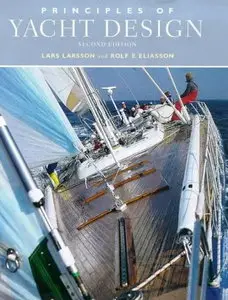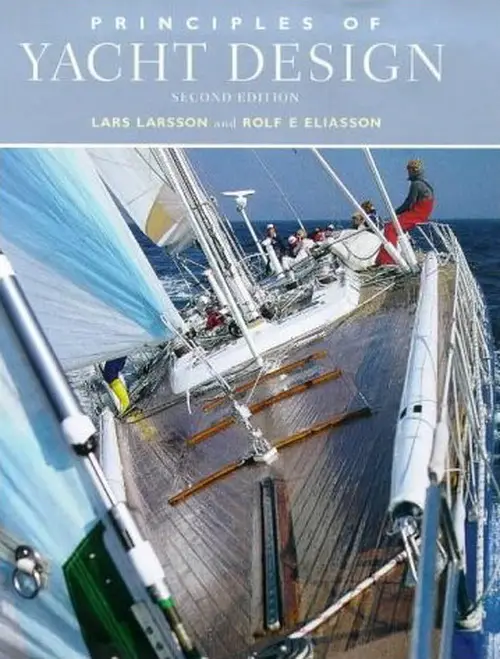Principles of Yacht Design by Lars Larsson
Publisher: Adlard Coles Nautical; 2nd edition (May 31, 2000) | ISBN: 0713651814 | English | PDF | 352 pages | 63 MB
Publisher: Adlard Coles Nautical; 2nd edition (May 31, 2000) | ISBN: 0713651814 | English | PDF | 352 pages | 63 MB
This book covers all aspects of yacht design and uses a newly designed 40-footer to demonstrate the practical application of yacht design theory. It covers the new regulations encompassed in the European Recreational Craft Directive which is set to become the international standard. Also included is a chapter on the hydrodynamics of power boats .
Principles of Yacht Design was the first book for mnay years to examine every aspect of the process of yacht design and was welcomed with open arms by owners of boats small and large, practising designers, naval architecture students and the boatbuilding industry as a whole. Now revised and expanded for its second edition to cover power boat design in more detail, it makes an even more valuable contribution to our understanding of the process of yacht design.
The authors have used a newly designed 40 foot performance cruiser to demonstrate the practical application of yacht design theory. Beginning with the yacht's specificaitons, the authors explain the geometry of the hull by means of lines plans and introduce CAD techniques. Hydrostatics and stability in calm water as well as waves are described in detail, as is the design of the hull, keel and rudder. Next the aerodynamics of the sails and the influence this has on the shape of the sail plan is examined. Methods are introduced for finding the balance of the yacht, and there is a short chapter on selecting the correct propeller and the engine. The special hydrodynamics of high-speed power boats is also addressed for the first time in this edition.
Structural aspects of the design are treated comprehensively for both sail and power boats. Loads acting on the hull and rig are identified and methods for computing them introduced. There is also a discussion of different fibre reinforced plastics, including sandwich laminates. Finally, practical matters such as the layout of the cockpit, deck and cabin are discussed, and a complete weight calculation is provided for the 40-footer.
The book is richly illustrated with explanatory diagrams, and although the subject is complicated, the authors treat it in a remarkably clear and concise manner, making it easily understandable for both professionals and amateurs interested in the principles of yacht design.



